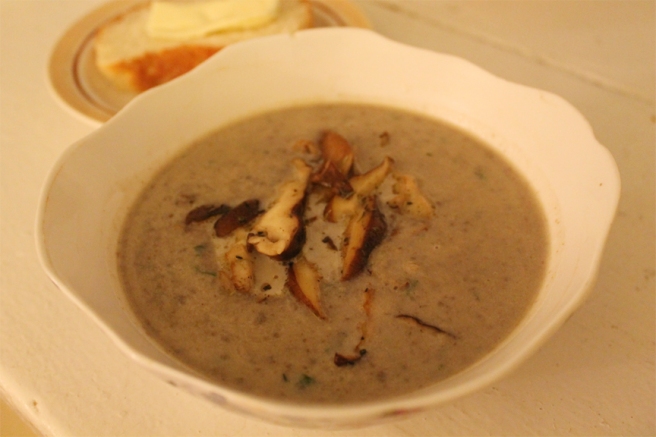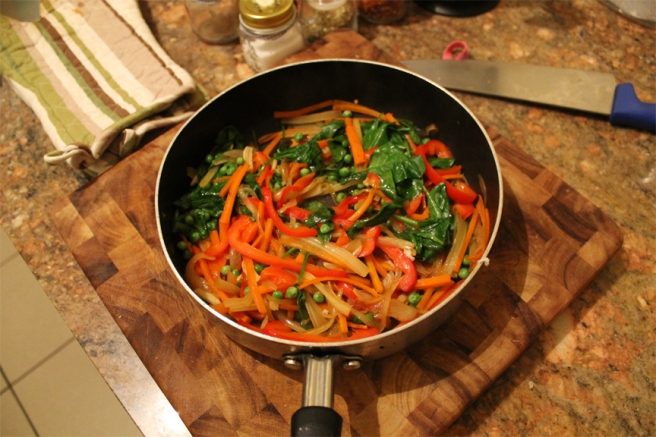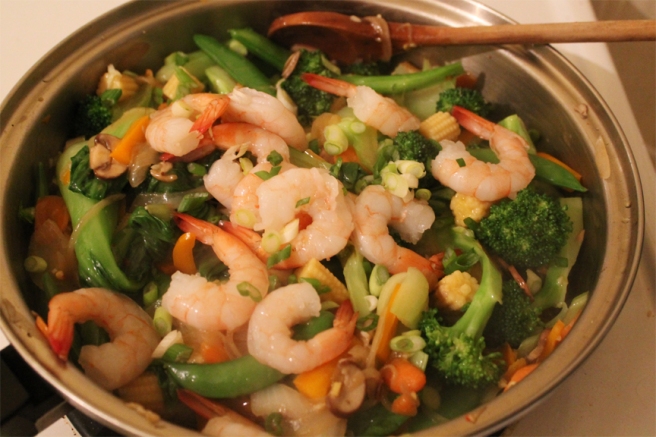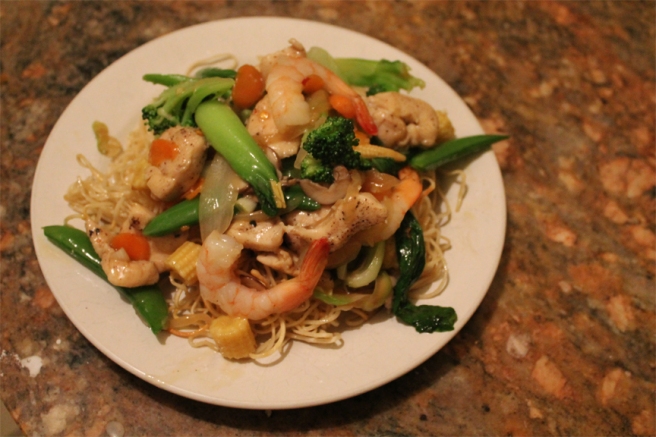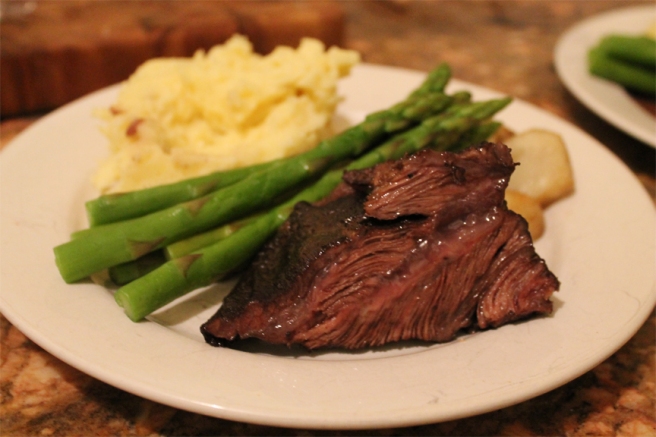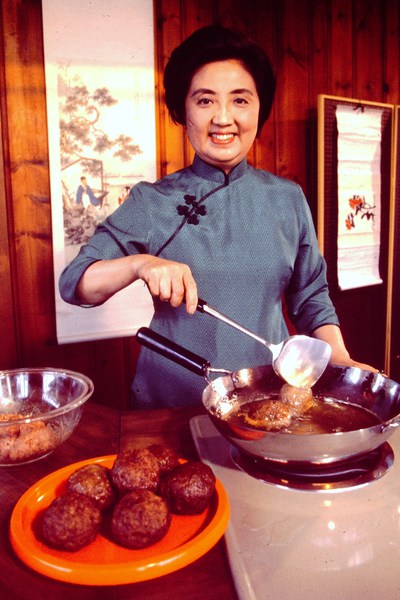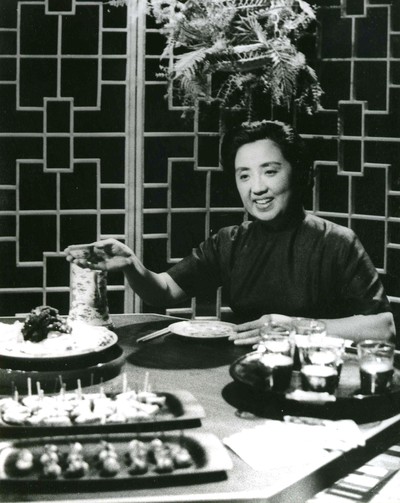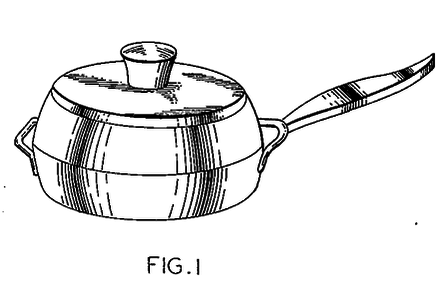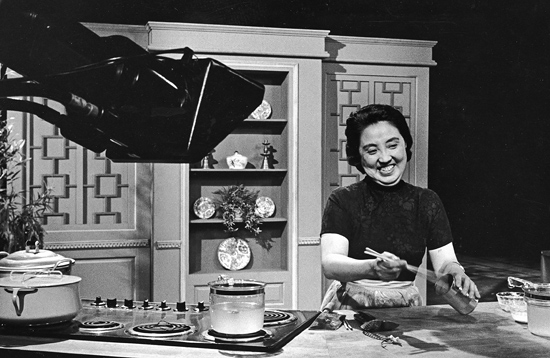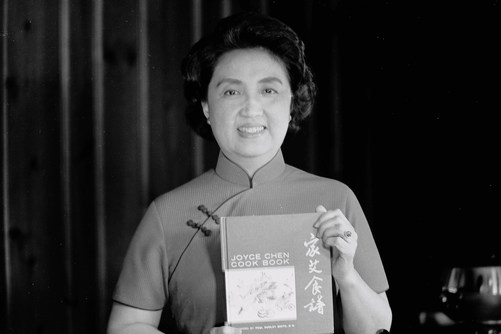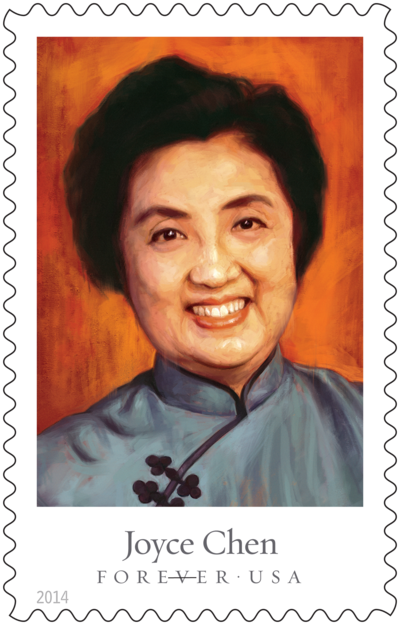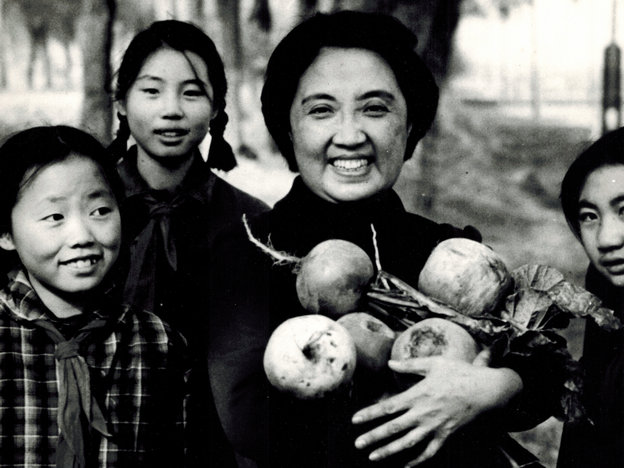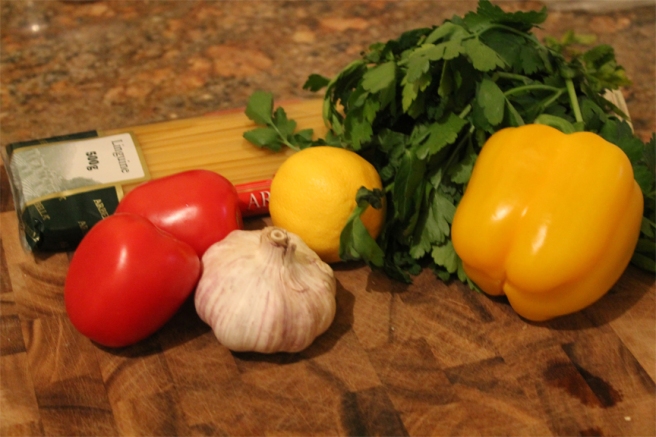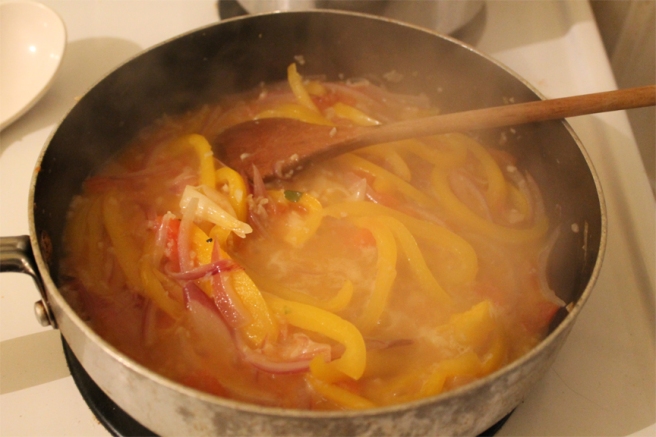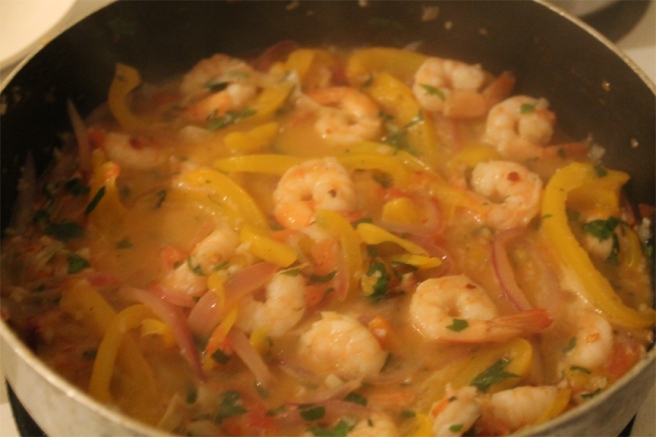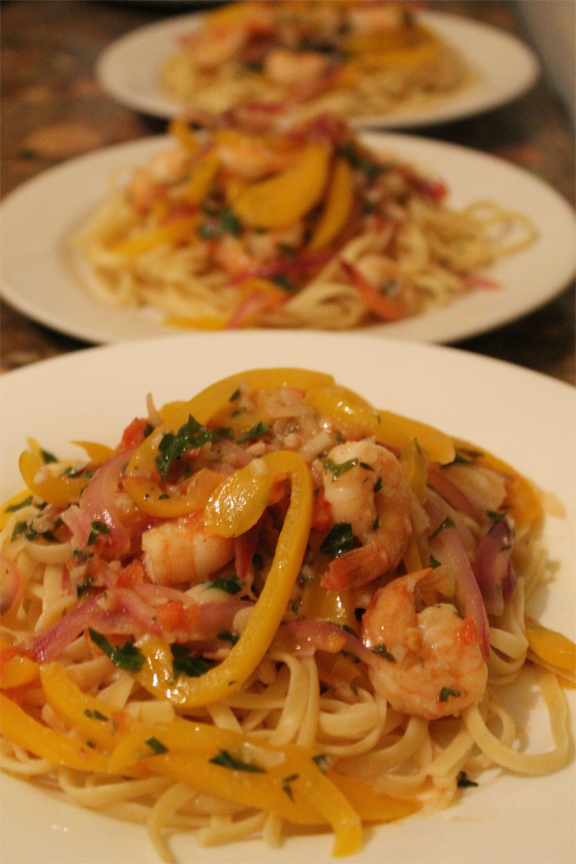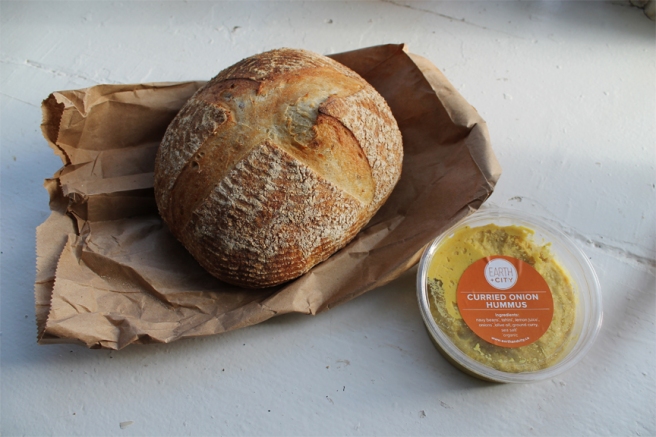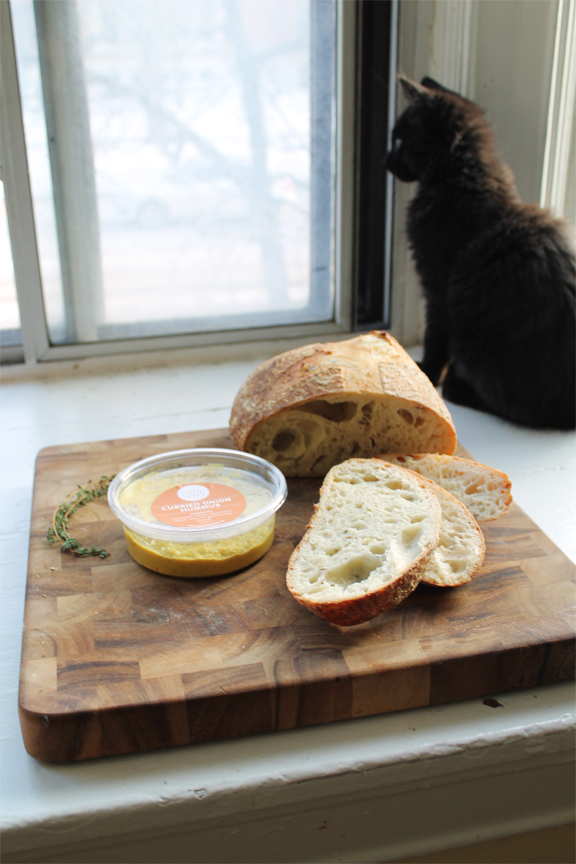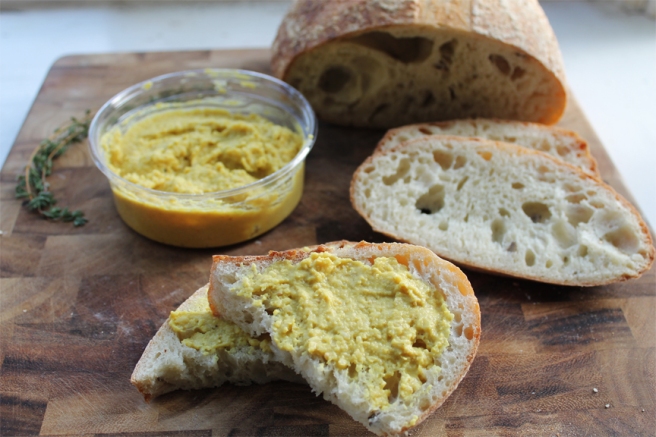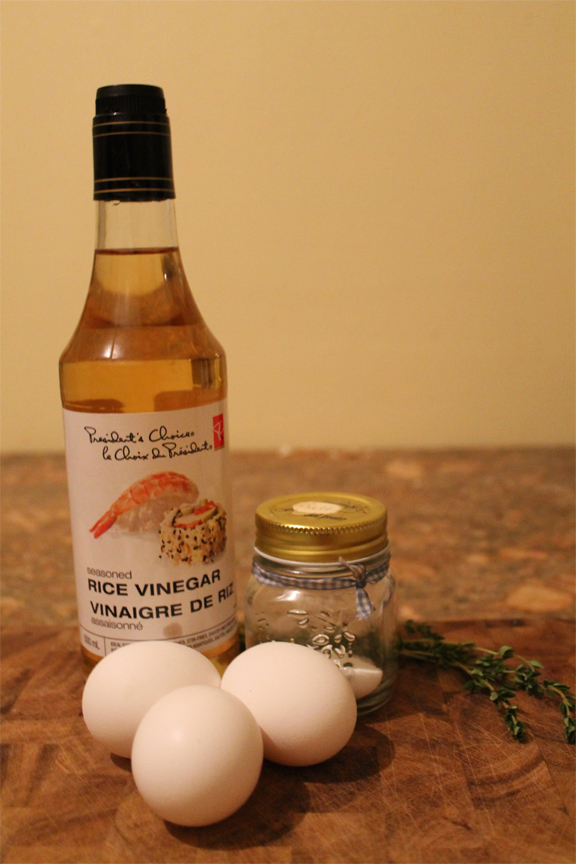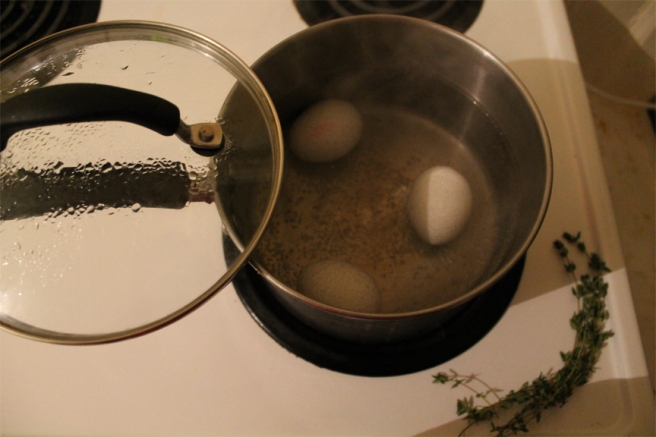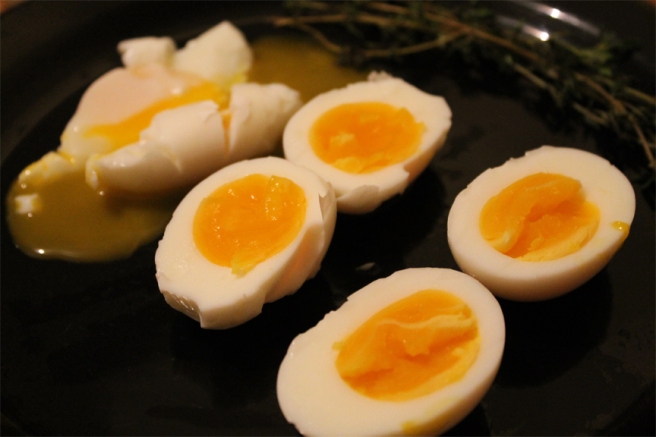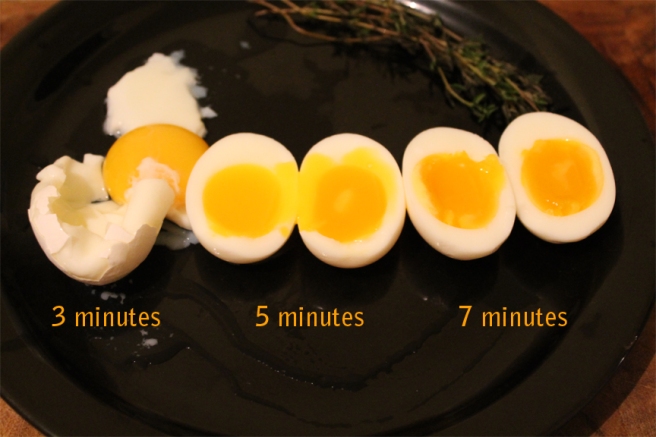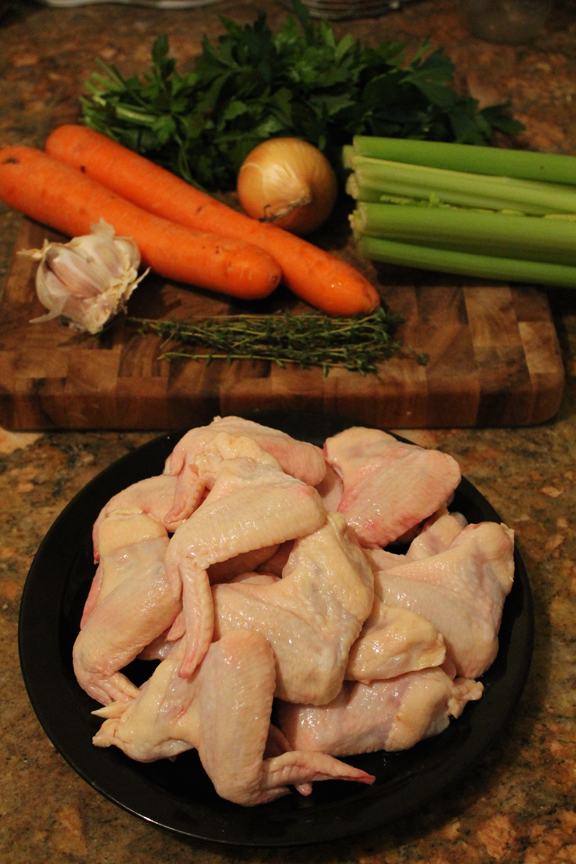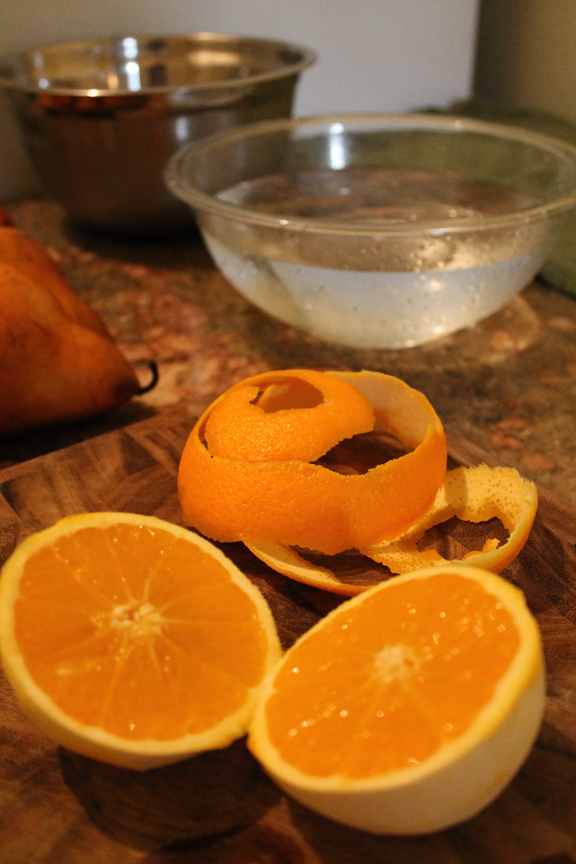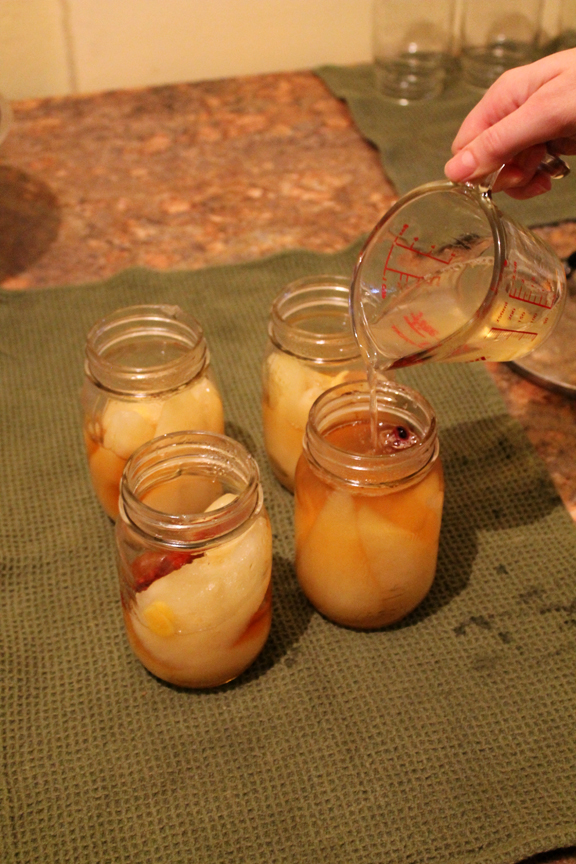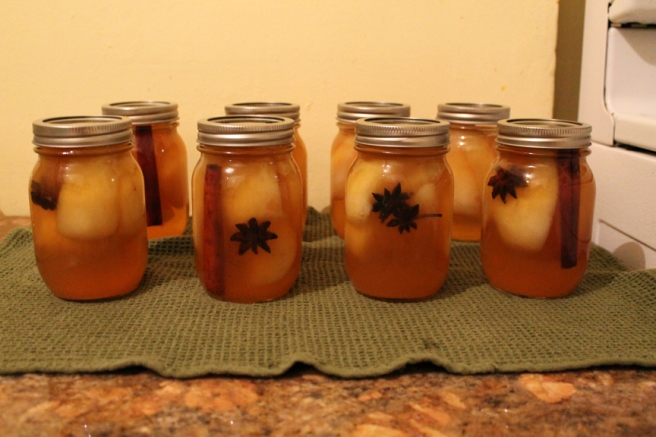Now that culinary school has come to an end, I just wanted to share some photographs of food I made both at school and at home over the past year or so. Some photos are from before I even started chef school, and they continue right up to the day just after I finished. Last weekend my friend Rianna and I catered for a charity event where we made a build you own vegan buddha bowl buffet, and it was so much fun! Before attending culinary school I would have never expected I would be able to cook for so many people out of my tiny kitchen.
This experience has enriched me in so many ways. Yes, it did teach me how to create crazy difficult dishes that I never knew I as capable of. You want me to butcher and cook a whole rabbit, braise its legs, roast its saddle, make whole wheat pasta, a pasta sauce, and a rabbit jus in three and a half hours? Sure, no problem! But culinary school also taught me discipline – how to wake up at five in the morning and be in class by seven, prepped and ready to go. It taught me how to be resilient and push through making mistakes and physical exhaustion. It toughened me up, and made me feel strong, competent, and confident in myself. Most of all, culinary school made me feel inspired, as the chefs I had the opportunity to learn from all exhibited so much passion and pride in their work that it was infectious. I am so grateful that I got to have this experience, and for all the awesome people I met who made it memorable. Cue photo time!
Our time travels take us back to May 2014. I had just recently applied to the culinary program at George Brown, and celebrated by making this fresh and colourful chicken salad. It’s like a bright and cheery rainbow in a bowl, with red cabbage, carrots, cucumber, edamame, almonds, black & white sesame seeds, and cilantro bulked out with romaine and doused in a tangy citrus dressing.
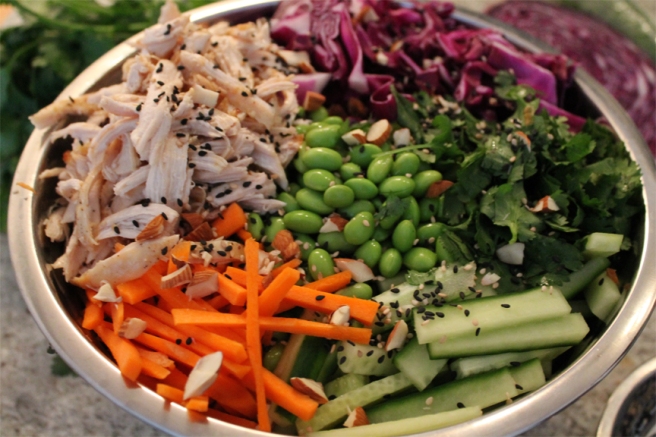
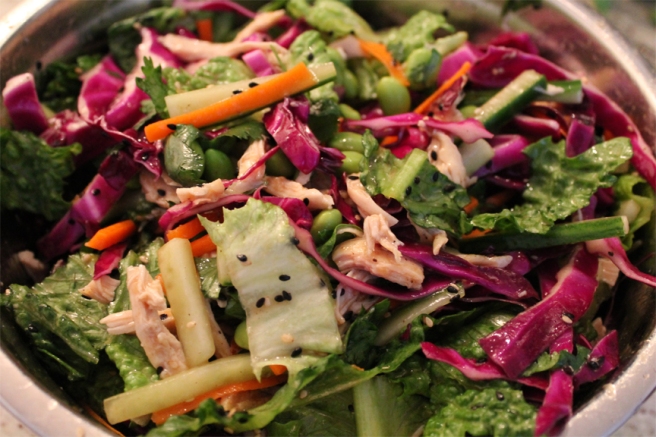 In September 2014, I had moved into my boyfriend’s apartment and we enjoyed a fresh late summer dinner of baked salmon, asparagus, quinoa, avocado, and a tomato & basil salad. The basil we grew ourselves from our bay window herb garden.
In September 2014, I had moved into my boyfriend’s apartment and we enjoyed a fresh late summer dinner of baked salmon, asparagus, quinoa, avocado, and a tomato & basil salad. The basil we grew ourselves from our bay window herb garden.

When I first started school I was in a class called Cafe Production, where we worked in teams in a large scale kitchen to produce food for the student run take out restaurant. But this was no ordinary take out food! For example, this rich and creamy mushroom soup made with porcini and portobello mushrooms.
I was so inspired after class that I would come home and start experimenting in my own kitchen.

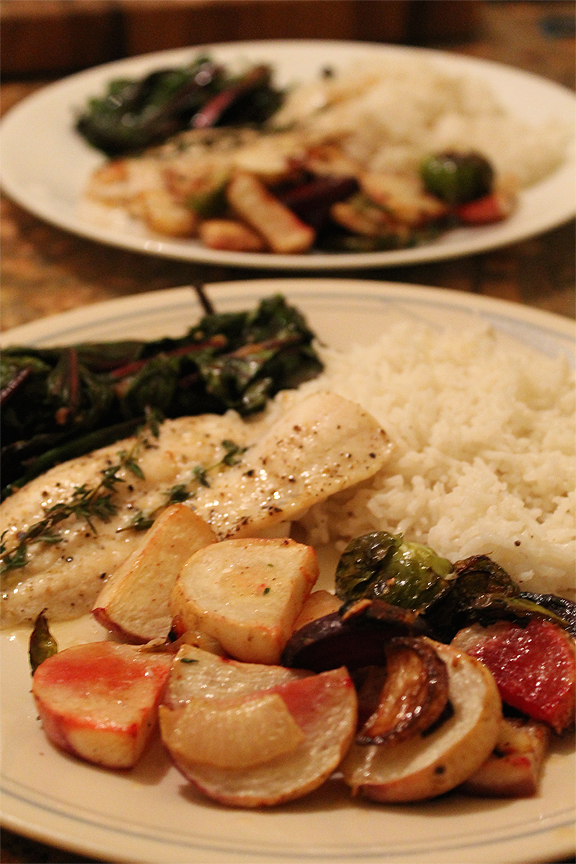
In October, and in the spirit of Octoberfest, I made a hearty meat and potatoes meal and served it with a side of Braised Red Cabbage, Onions, and Apples.

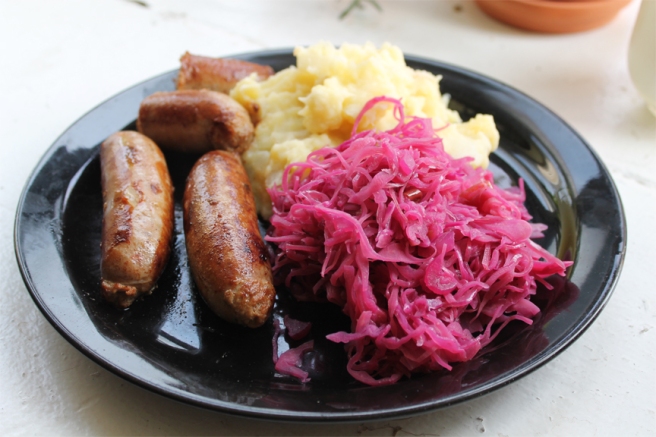
Also in October, I visited my parent’s country home in Cobourg for Thanksgiving. My mother is a bit of a gardening enthusiast, and her raspberries were ripe and ready to pick.
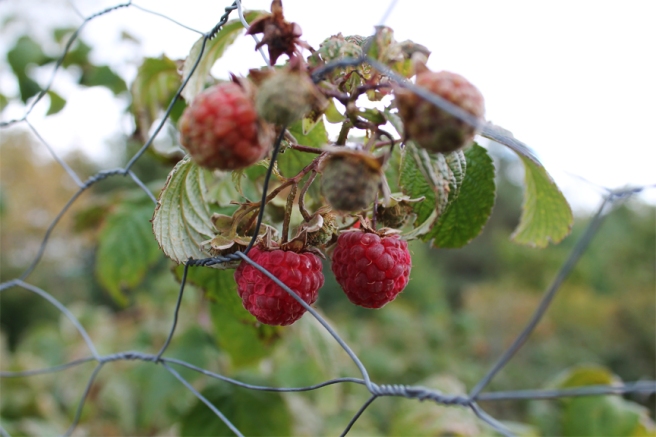
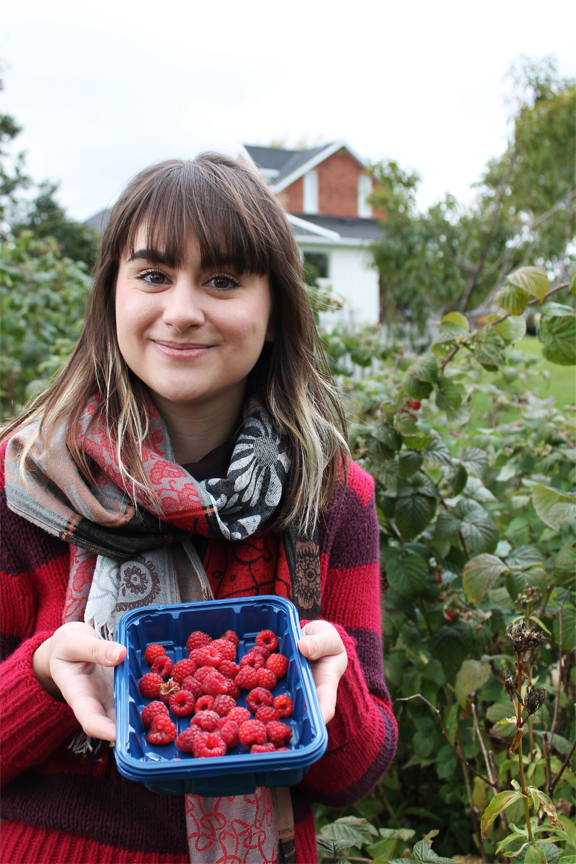
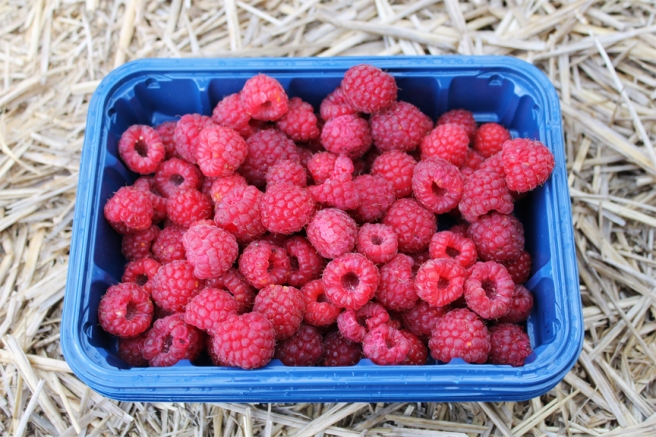 After the Thanksgiving holiday, Chef School continued and I worked on my knife skills.
After the Thanksgiving holiday, Chef School continued and I worked on my knife skills.
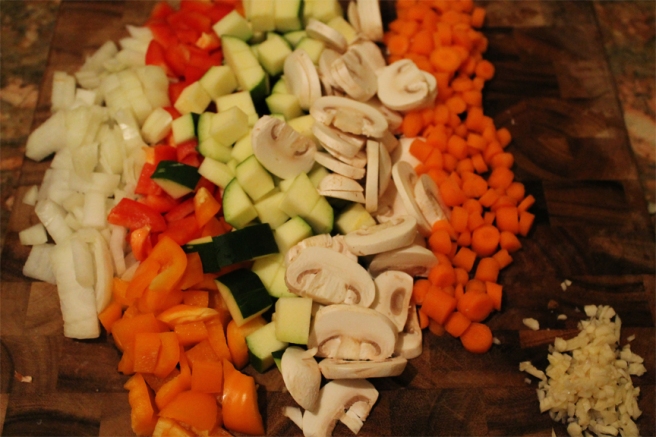
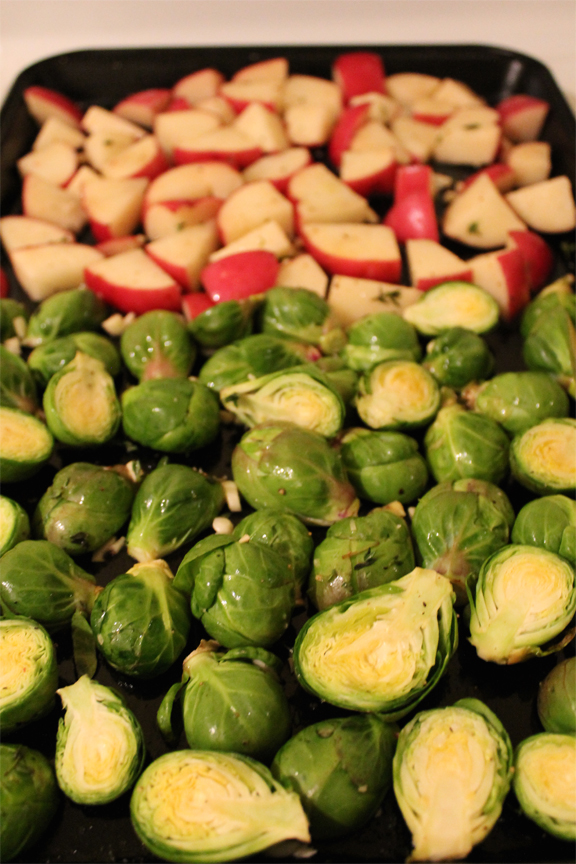
It was around this time that I also started my baking course at George Brown so I brought home so many indulgent pastries and desserts.
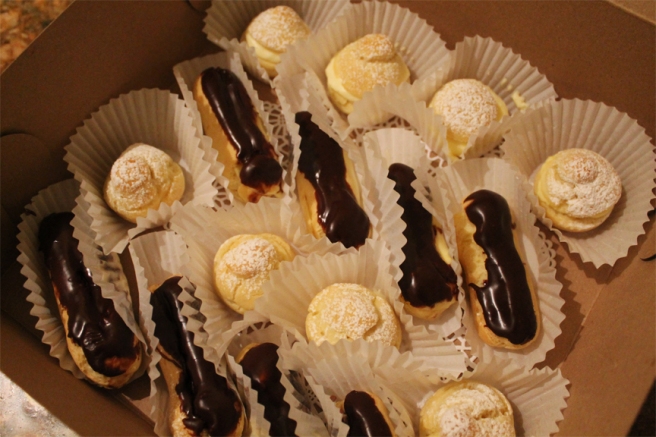
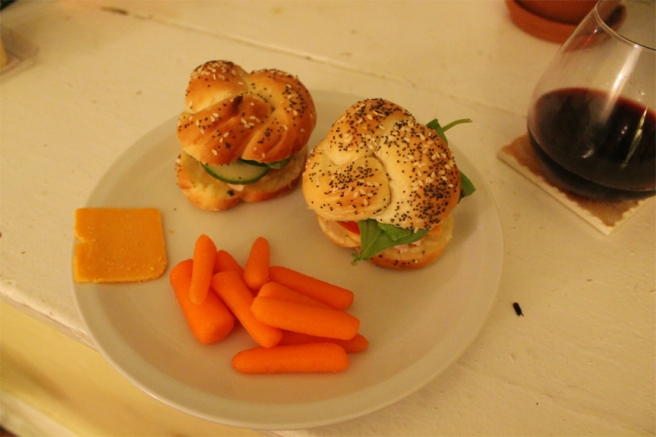
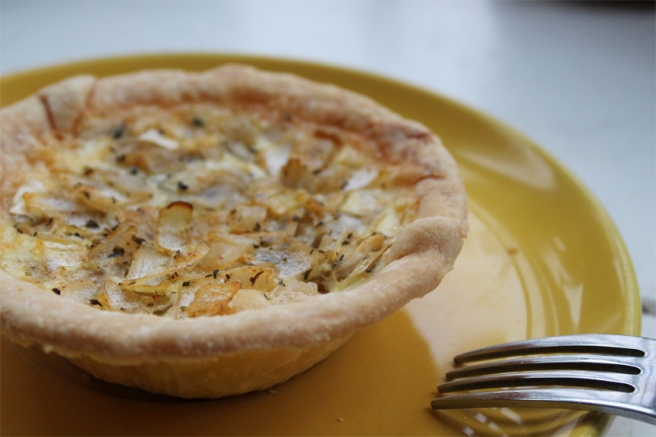


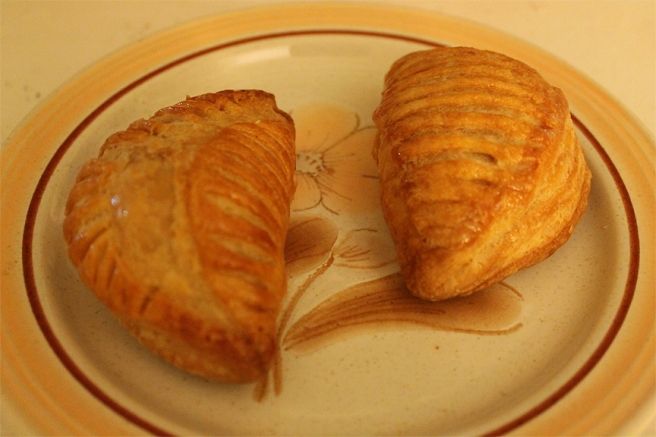


In December I continued to work on my knife skills, especially my julienne which I find the trickiest. For this dish I made a sweet and spicy Marmalade marinade for my white fish that I baked in the oven, and a quick stir fry with rice (if you haven’t noticed already, I eat a loooot of rice).
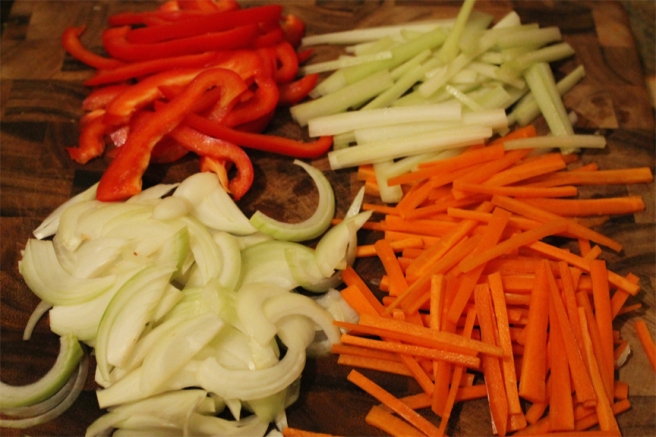

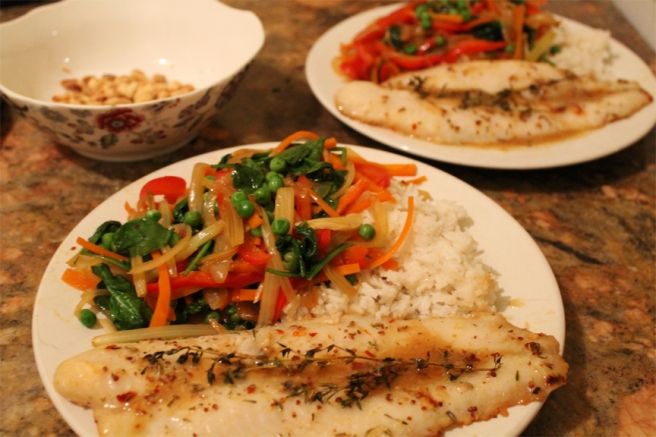 In January I became obsessed with the concept of making take out recipes at home, especially my all time Chinese take-out favourite, Cantonese Chow Mein. Here I did a chicken and shrimp version.
In January I became obsessed with the concept of making take out recipes at home, especially my all time Chinese take-out favourite, Cantonese Chow Mein. Here I did a chicken and shrimp version.
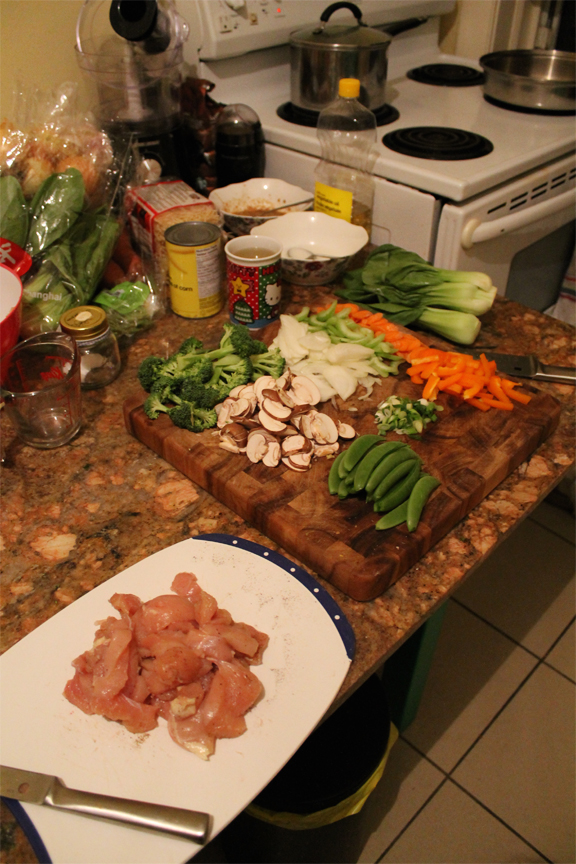
Fast forward to March, and I had started my Foods of the World class. Each week was a different country. Japan was my favourite, we made maki!
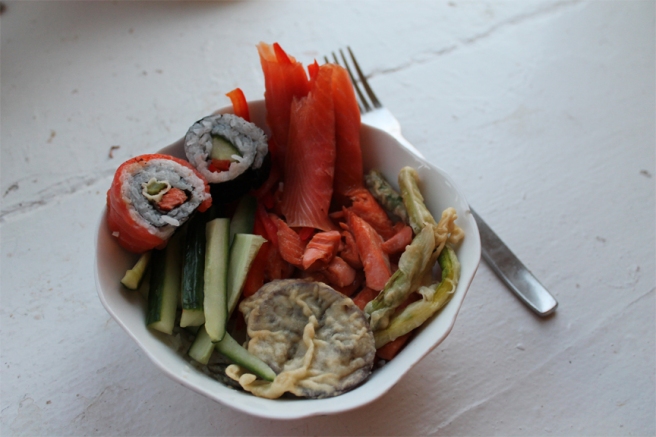 Pork tacos anyone?
Pork tacos anyone?
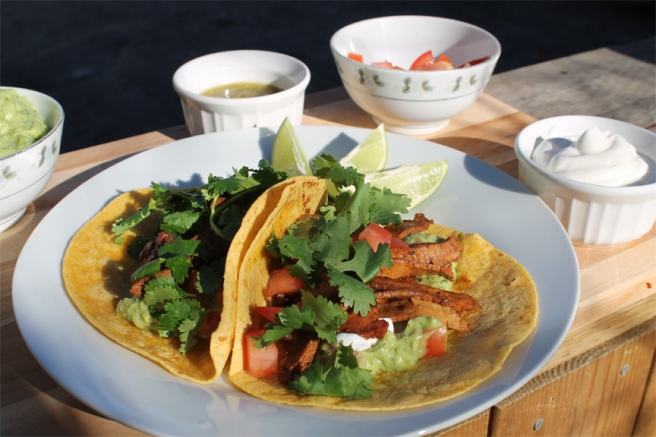 For the Italian week I assisted my Chef as the Sous Chef so I didn’t get to prepare the food for that week in class. But after class was over, Chef let me take home some extra beef cheeks so I could practice slow braising them in a red wine sauce at home.
For the Italian week I assisted my Chef as the Sous Chef so I didn’t get to prepare the food for that week in class. But after class was over, Chef let me take home some extra beef cheeks so I could practice slow braising them in a red wine sauce at home.

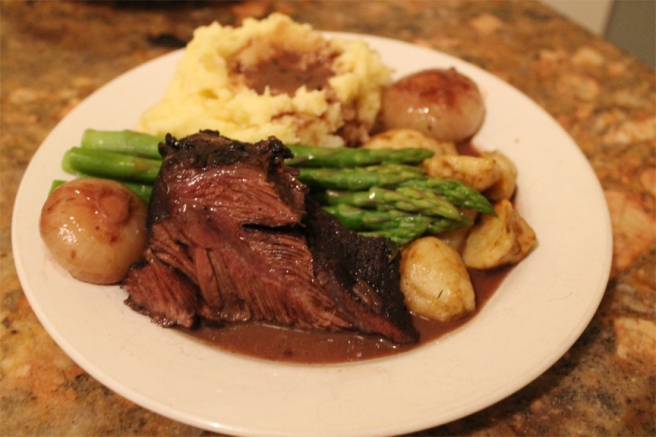
And, last but not least, the vegan feast that my friend and I made last weekend for a charity event to raise money for a school in Ghana!
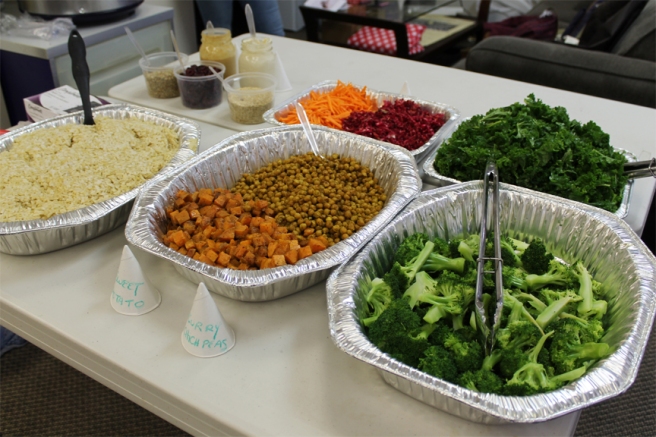
So, there you have it, my year in food!

